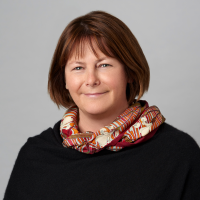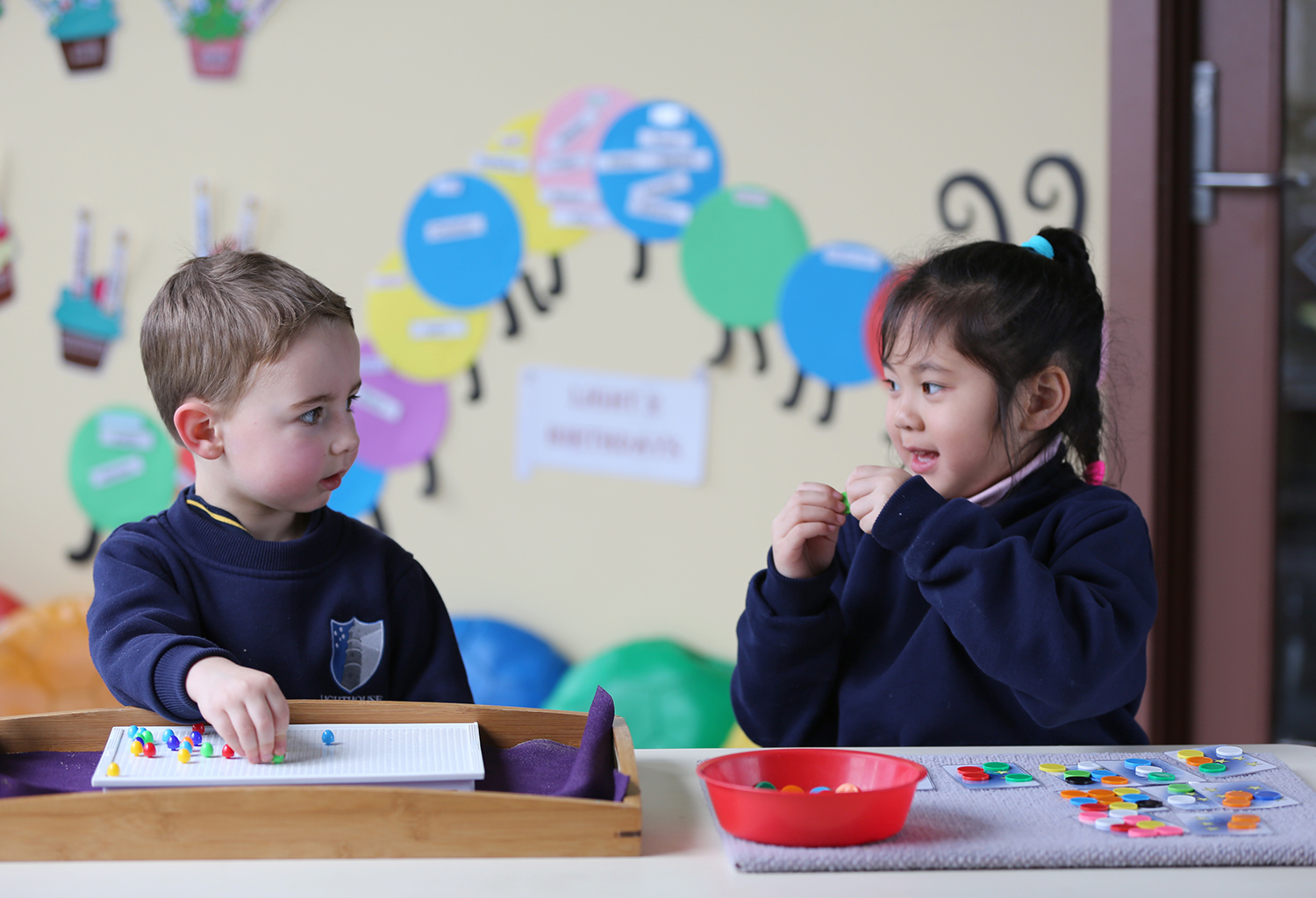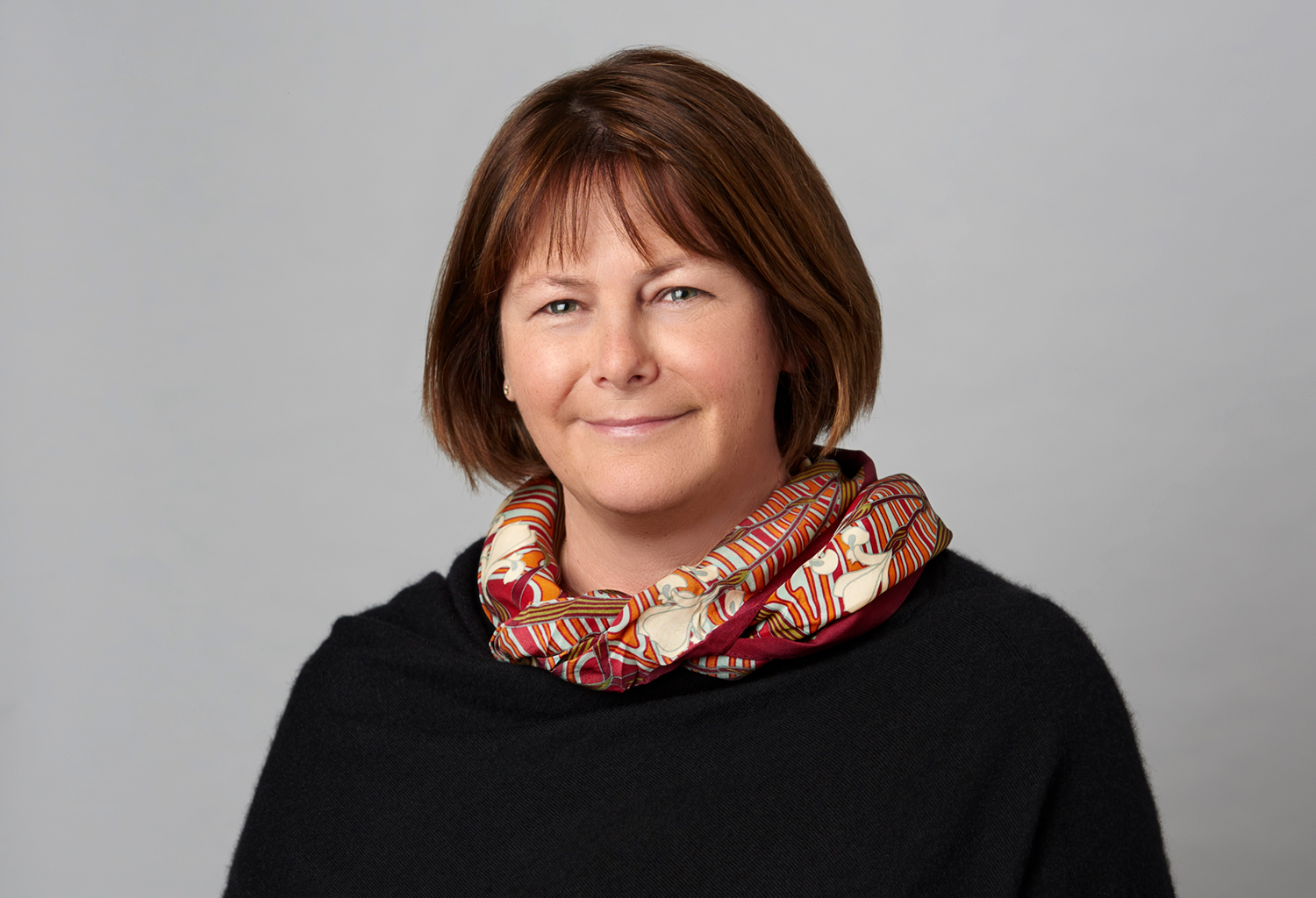Independent schools and COVID-19: a story worth telling
5 min read
Late on the afternoon of Wednesday 22 January, ISV received an email enquiry from a school which had students due to return from holidays in China. The school was asking about protocols ‘to deal with the threat of the current pandemic virus coming in from China’.
The timing of that email was significant, even if it wasn’t apparent then. It was our first enquiry about the coronavirus, and it arrived when very few people knew that our governments, state and federal, were only just beginning to think about the possibility of a pandemic.
All that was on the public record at that time was a statement by the Chief Health Officer, Professor Brendan Murphy, on 19 January saying officials were closely watching developments in Wuhan, China, where there was a coronavirus outbreak. Two days later Professor Murphy announced passengers arriving on direct flights from Wuhan would be asked to report to authorities if they felt unwell. He said this was a proportionate response to a rapidly evolving situation.
It was a rapidly evolving situation for ISV and Independent schools, as well.
We received another call from a school regarding what became known as COVID-19 on 22 January, which was also the same day that the Prime Minister first publicly mentioned the coronavirus. Three more calls came the following day, four the next, 10 or so the following weekend.
The calls have not stopped, even now as we appear to be emerging from the worst of the COVID-19 crisis.
All schools – like all sectors of society – have dealt with extraordinary disruption over the past four months. Independent schools have faced unique pressures, as highlighted by the first calls we received all those weeks ago.
The initial challenge stemmed from the fact some Independent schools enrol a significant number of students with connections to China – mostly Australian-Chinese students who had spent the summer holidays visiting relatives, plus international students enrolled in Victorian schools.
So right from the start COVID-19 had a distinct impact on ISV’s Member Schools, which at times forced them reluctantly into the public spotlight.
By late January, as the start of Term 1 approached, a number of these schools asked students returning from China to self-quarantine for 14 days before resuming school. At that stage government advice was that only people with a confirmed case of coronavirus or who had been in close contact with a confirmed case should quarantine.
Independent schools were criticised at the time for going beyond the official advice. Yet within days, the message from governments changed, to effectively match what the schools had done. It was, indeed, a rapidly evolving situation.
By late February, Independent schools confronted difficult decisions about their operations as the extent of the threat posed by COVID-19 became apparent. By the time the federal government announced on 27 February that it was preparing for a pandemic and the potential impact on school students, many schools were advanced in planning for possible classroom closures.
In mid-March a significant number of Independent schools announced they were transitioning to remote learning for their students. Again, they were criticised for acting ahead of official advice, and they were warned their federal funding could be at risk if physical classes closed.
Yet by the end of March and early April, state governments across the country were foreshadowing the likelihood that government schools would not resume normal operations in Term 2.
The use of government funding as a lever to direct Independent schools re-emerged in mid-April, adding to the stresses confronting schools seeking to protect their students and staff while operating within the boundaries of conflicting and shifting official advice.
Here Independent schools faced another distinct challenge. Unlike their state counterparts, they were not required to follow government direction. Yet they felt obliged to act on the advice of government health experts to protect their staff and students and the wider community.
They struggled to reconcile the incompatible messages on school closures that emerged from state and federal governments. They were forced to make their own decisions after carefully considering their responsibilities. Little wonder that at times principals felt they had been left hung out to dry.
Unlike government schools, many Independent schools also faced a threat to their long-term viability, since most rely heavily on fees paid by parents, some of whom lost jobs and income due to the economic impact of government restrictions introduced to control the spread of COVID-19.
The experience of Independent schools varies greatly, given their wide diversity. Some were more prepared than others to provide remote and online learning, but all found it a challenge. As one principal put it in the middle of the crisis: ‘It is like driving a car while still building it.’
The impact of the lockdown on teachers and students might not become apparent for some time. But the experience of recent months confirms that many Independent schools:
- were planning for the impact of COVID-19 from the day it was first publicly mentioned by the Prime Minister, if not earlier.
- acted promptly on initial concerns relating to the wellbeing of significant numbers of their students returning to Australia from China.
- took precautionary measures early and were criticised by governments for doing so, before being subsequently vindicated.
- pioneered moves to implement online and remote teaching in anticipation of official announcements of school closures.
- asserted their independence and autonomy, with many principals emerging as strong, authentic and ethical public advocates for the Independent sector as a whole.
- did all this while some faced serious financial threats to their long term viability.
It’s too early to tell the full impact of what Independent schools experienced over the past few months, but the early evidence is that they have a strong story to tell.
There’s also a strong story in how ISV supported them during this crisis, which I’ll write about in a subsequent blog.
Michelle Green was Chief Executive of Independent Schools Victoria from 2002–2023.



